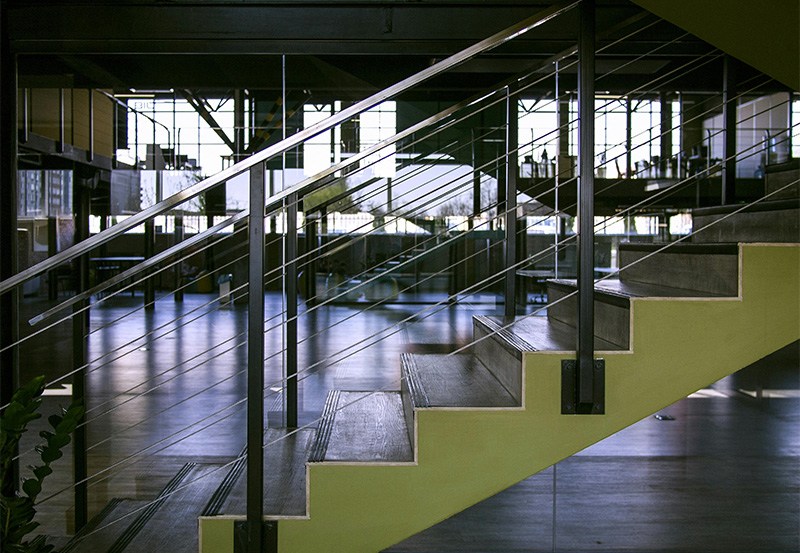
KBRA Says CMBS 2.0 Office Exposure Rising

(Image courtesy of (Image courtesy of Pixabay/pexels.com))
Kroll Bond Rating Agency, New York, reported the five-year trend of conduit office exposure declining reversed in first quarter, with exposure rising to 16.3% from 13.9% in Q1 2024 and 15.4% for the full-year 2024.

“Office properties have typically collateralized about one-quarter of all commercial mortgage-backed securities 2.0 loans, by balance, across both conduits and single-asset single borrower deals from 2012 to 2019,” KBRA said in a new report, New Vintage Office Loans: Rising Credit Quality Amid Lingering Uncertainty (subscription).
The pandemic disrupted that trajectory, KBRA noted, initially driving office exposure to one-third of all deals in 2020 when retail and lodging fell out of favor, then declining to low single-digit exposure in 2024 as remote working arrangements became more mainstream. But 2025 began on a positive note for CMBS 2.0 office issuance, with first-quarter issuance topping $10 billion, more than six times higher than first-quarter 2024. At 28.3% exposure, office is now matching more historical norms, KBRA found.
The report said SASB office securitizations have driven the recent resurgence in issuance, following a peak in total volume in 2021 and a sharp decline over the next two years, before bottoming out with just one deal in 2023. Activity picked up again in 2024 and gained momentum in Q1 2025.
“Recent SASB office deals tend to feature higher asset quality, often backed by well-capitalized sponsors and secured by prime Manhattan office buildings,” KBRA said. “Conversely, asset quality in conduit office loans is harder to assess at its surface, given their higher loan count, smaller average balances, and broader geographic distribution.” The report explores recent trends in newly originated conduit office loans and their underlying credit metrics.
Following a strong first quarter, the Trump administration’s April tariff announcements roiled markets, KBRA noted. But issuance quickly rebounded, despite the potential economic and real estate impacts of higher tariffs. “This included the office sector, which may not be as sensitive relative to other property types, as it had already experienced a secular downturn triggered by the pandemic as remote and hybrid work models affected the asset class,” the report said.
While the sector will not be immune to the effects of tariffs, the office market should continue to benefit from gradually improving return-to-office trends, and the sustained demand for high-quality office space, KBRA concluded.
